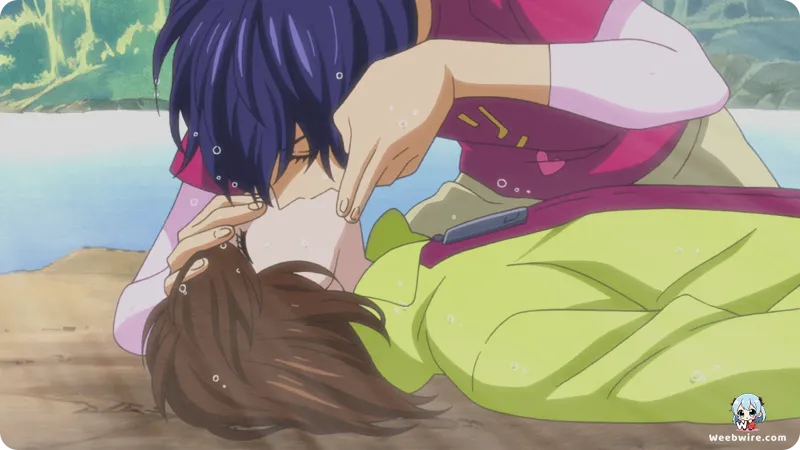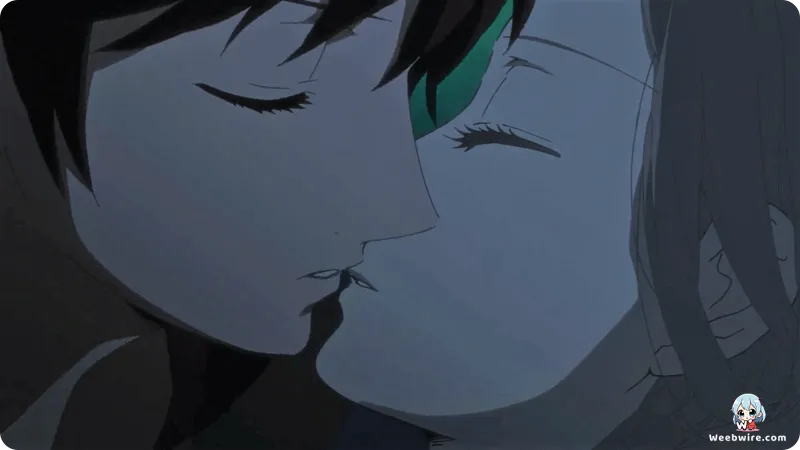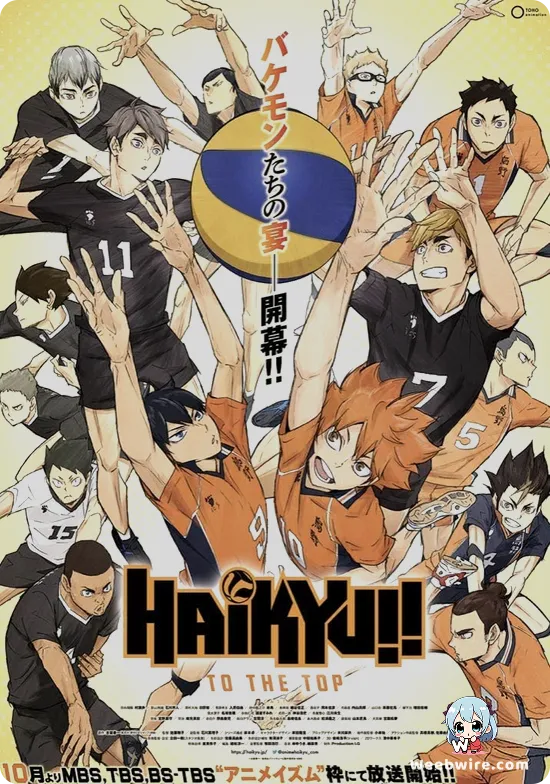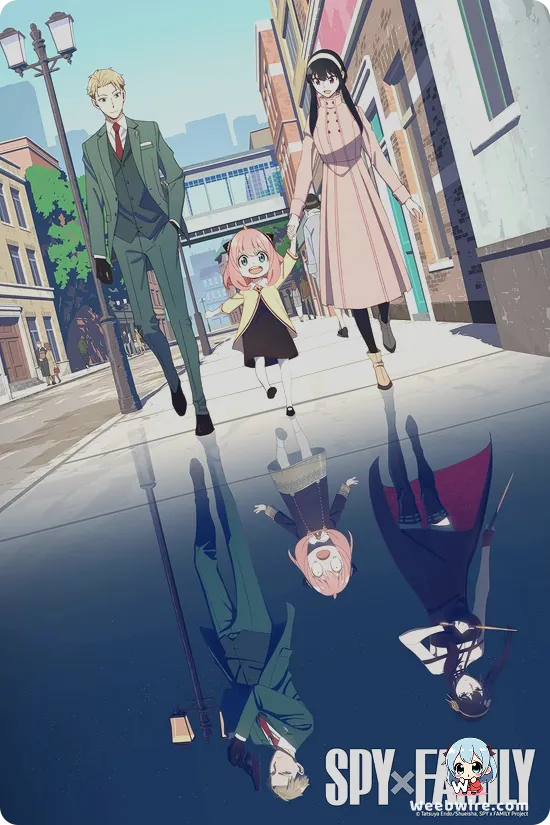A Decade On: Unlocking the Enduring Mysteries and Profound Symbolism of Kunihiko Ikuhara's Penguindrum

Over a decade since its 2011 debut, Kunihiko Ikuhara's seminal anime series, Penguindrum, continues to intrigue and challenge audiences, solidifying its status as a masterclass in allegorical storytelling. Produced by Brain's Base, this emotionally charged narrative transcends a simple viewing experience, inviting deep analysis into its intricate plot, unforgettable characters, and a dense tapestry of profound, often unsettling, themes. Far from a straightforward tale, Penguindrum is a meticulously crafted modern classic, brimming with layers of hidden meanings and subtle allegories that reveal themselves anew with each rewatch. Exploring its creative genesis and narrative brilliance illuminates the true genius woven into its fabric.
Ikuhara's Signature Style and Symbolism
Ikuhara, renowned for his distinct narrative style seen in works like Revolutionary Girl Utena and Sailor Moon S, imbues Penguindrum with signature surreal imagery, non-linear progression, and incisive societal critiques. Central to its enigmatic allure is the pervasive use of symbolism. The recurring motif of apples, for instance, embodies fate, knowledge, sin, and the intertwining destinies of the Oginome family. The very name of a pivotal character, Oginome Ringo (meaning 'apple'), inextricably links her identity to this core symbol, underscoring her role in a saga of destiny and consequence.
Equally iconic are the titular penguins. Not just whimsical companions, the three invisible helper penguins assigned to the Takakura siblings, Kanba, Shouma, and Himari, each possess a distinct personality mirroring their human counterparts. These quirky figures serve as a brilliant narrative device, offering viewers a glimpse into the characters' subconscious desires and hidden struggles, deepening the series' psychological complexity. Beyond these personal guides, the magical 'Penguin Hat' acts as the central macguffin, granting Himari temporary life and a voice through the 'Princess of the Crystal,' driving much of the plot's supernatural momentum.

Profound Thematic Depth and Societal Critique
The series' profound thematic depth is amplified by its setting and background elements. The poignant imagery of trains and subway lines, particularly the haunting 'Destination: Survival' train, serves as a powerful reference to the devastating 1995 Tokyo subway sarin attack. This real-world tragedy directly influenced Ikuhara's exploration of terrorism, collective responsibility, societal malaise, and the enduring consequences of past actions. Penguindrum offers a chilling allegorical critique of a society that, in its relentless pursuit of progress, might discard its most vulnerable members, depicted through the unsettling 'Child Broiler' system, a stark symbol of societal neglect and lost innocence, challenging viewers to question who determines the value of a life.
Visual and Auditory Triumphs
Visually, Penguindrum is a triumph, thanks to Lily Hoshino's distinctive character designs. Her unique art style merges flawlessly with Brain's Base's versatile animation, creating a world that fluidly transitions from mundane reality to dazzling, surreal spectacles. Himari's elaborate transformations into the Princess of the Crystal, combining fashion, symbolism, and theatrical flair, remain some of the series' most iconic and visually stunning moments. Brain's Base showcased remarkable skill in translating Ikuhara's intricate vision, balancing complex character dynamics with grand, symbolic set pieces.
Even the auditory landscape of Penguindrum holds fascinating details. Many of its ending themes are artfully chosen covers of tracks by the Japanese rock band ARB (Alexandrite Rock Band), active in the late 70s and 80s. This deliberate musical choice infuses the series with a retro-futuristic charm and nostalgic resonance. The lyrics of these selected songs are meticulously integrated, often mirroring the characters' emotional states or subtly foreshadowing plot developments, making the soundtrack an integral and inseparable component of the narrative.
Enduring Legacy
Penguindrum stands as a testament to thoughtful storytelling, rewarding attentive audiences with its profound exploration of fate versus free will, the unbreakable bonds of family, the sacrifices demanded by love, and the lasting scars of historical trauma. Ikuhara's masterful ability to intertwine such weighty themes within a visually stunning, emotionally gripping narrative, punctuated by quirky humor and moments of deep sadness, secures Penguindrum's legacy as a truly unique and enduring work in the pantheon of anime. Its lasting impact is not merely in its compelling story, but in its continuous invitation for viewers to delve deeper, uncovering fresh insights with every engagement, a testament to its profound creative vision and the vibrant fan and academic discourse it continues to inspire.
Credits
Penguindrum
Author
Kunihiko Ikuhara
Cover Art
Lily Hoshino
Studio
Brain's Base
Publisher
King Records
Producers





